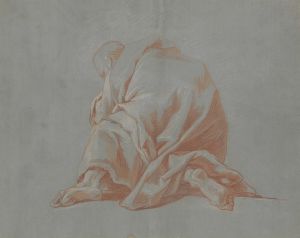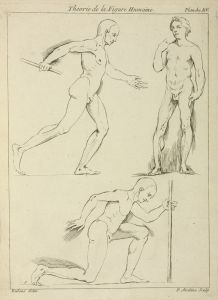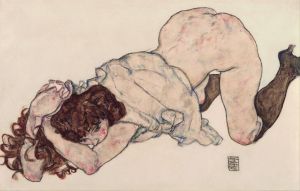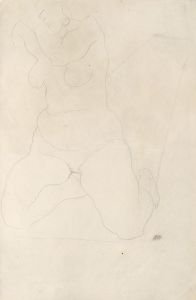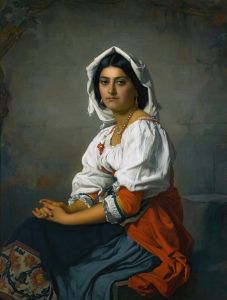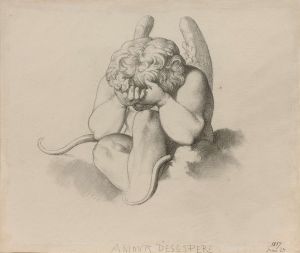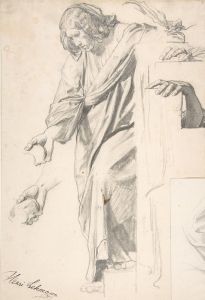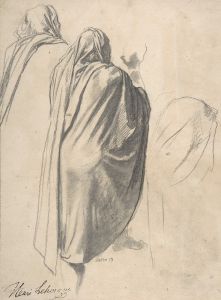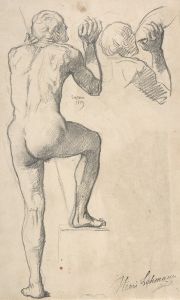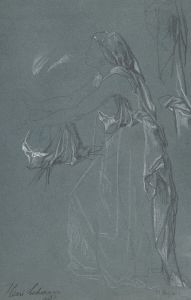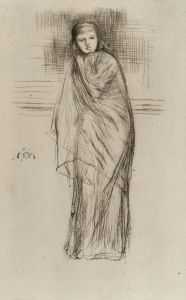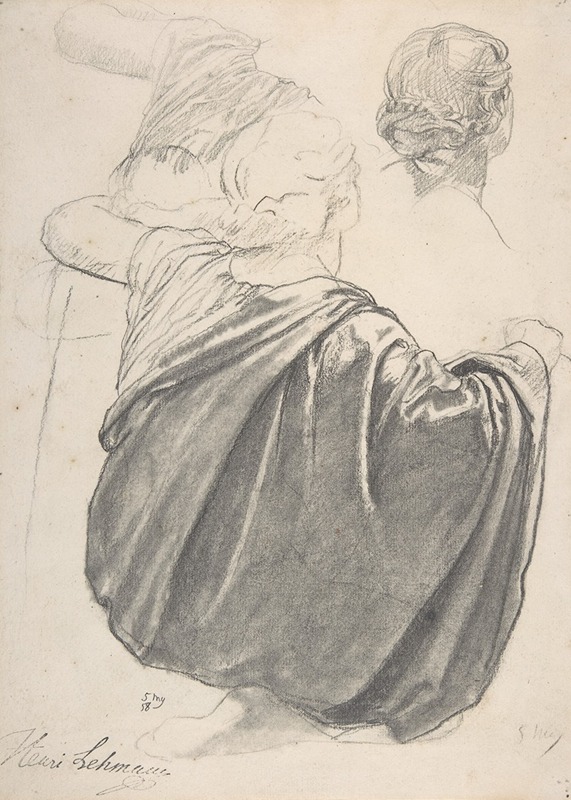
Studies of a Draped Female Figure, Kneeling, Seen from the Back, for the East Transept of the Chruch of Sainte-Clothilde, Paris
A hand-painted replica of Henri Lehmann’s masterpiece Studies of a Draped Female Figure, Kneeling, Seen from the Back, for the East Transept of the Chruch of Sainte-Clothilde, Paris, meticulously crafted by professional artists to capture the true essence of the original. Each piece is created with museum-quality canvas and rare mineral pigments, carefully painted by experienced artists with delicate brushstrokes and rich, layered colors to perfectly recreate the texture of the original artwork. Unlike machine-printed reproductions, this hand-painted version brings the painting to life, infused with the artist’s emotions and skill in every stroke. Whether for personal collection or home decoration, it instantly elevates the artistic atmosphere of any space.
Henri Lehmann's Studies of a Draped Female Figure, Kneeling, Seen from the Back, for the East Transept of the Church of Sainte-Clothilde, Paris is a preparatory drawing created by the French painter Henri Lehmann (1814–1882). Lehmann was a prominent artist of the 19th century, known for his academic style and contributions to religious and historical art. This particular work is a study for a larger composition intended for the Church of Sainte-Clotilde in Paris, a neo-Gothic church completed in 1857.
The drawing depicts a kneeling female figure, seen from the back, draped in flowing garments. The pose and drapery suggest Lehmann's meticulous attention to anatomical accuracy and the study of fabric movement, hallmarks of his academic training. Lehmann was a student of Jean-Auguste-Dominique Ingres, and his work reflects the influence of his teacher's emphasis on precision and classical ideals.
The Church of Sainte-Clotilde, for which this study was made, is renowned for its architecture and interior decoration, which includes contributions from several notable artists of the period. Lehmann's involvement in the decoration of the church highlights his role in the broader artistic efforts to enrich Parisian religious spaces during the 19th century. The East Transept, where this figure was likely intended to appear, would have been part of a larger decorative scheme, though the exact placement and final execution of this figure in the church are not detailed in available records.
This study is an example of the preparatory process common in academic art, where artists would create detailed sketches and studies to refine their compositions before executing the final work. Such studies were often valued as artworks in their own right, showcasing the artist's skill and thought process.
Further details about the specific context of this drawing, including its current location or whether it was directly used in the final decoration of the church, are not readily available.





